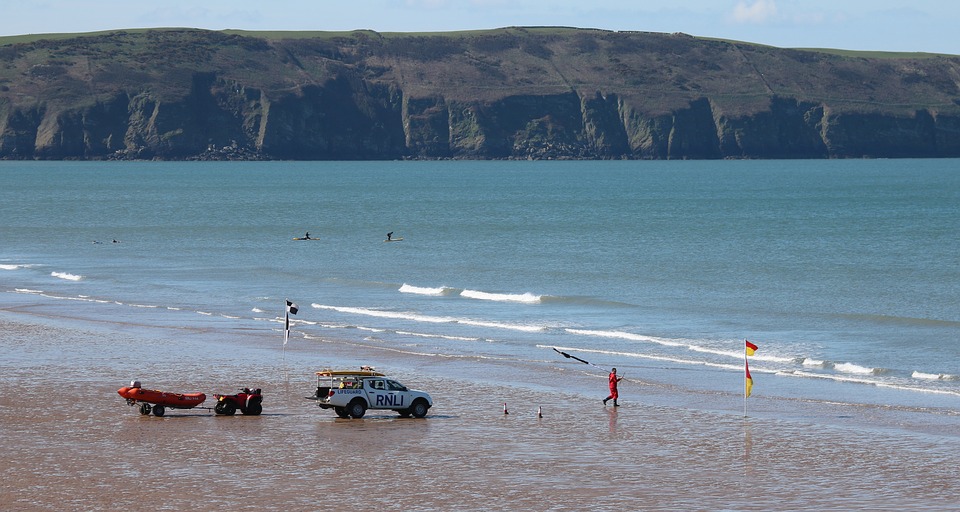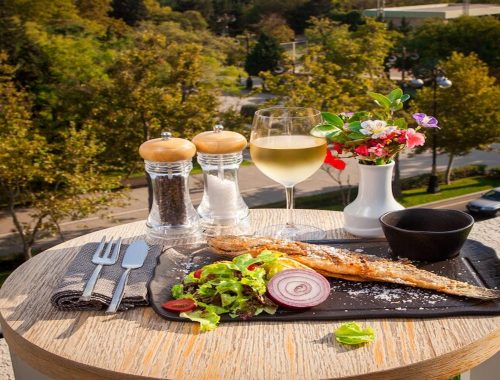Vancouver Island – Gold Rush!
Captain George Vancouver charted this large island of over 12,000 sq miles in 1792, naming it “Quadra’s and Vancouver Island” as a compliment to the Spanish commander at Nootka, Senor Quadra. A sensible political move as Spain had laid claim to the area in 1774, some 4 years before Captain James Cook had arrived and claimed the land for the British. The good relations between these two senior naval figures ‘on the ground’ went a long way to dispelling tensions that almost started a war.
The Spanish finally abandoned the island in 1794 and no permanent British settlement was established until 1843 when the Hudson’s Bay Company selected the location for Fort Camosack, which was soon renamed Fort Victoria, at the islands South Eastern tip. This move of Company HQ was due to the boarders of Oregon country being agreed with the US. A Southern portion of the island lay across from the newly agreed American territory so it was sited at an important location for trade.
In 1849, on condition that settlers were brought out from Britain, the Company was granted a ten- year lease & a new crown colony was proclaimed. In March 1850 the first Governor arrived from England. So began the Islands population increase from a few native inhabitants, speculators, ‘Company Men’ & fur traders to around the 750,000 we see today.
The first coal was mined in 1853 and in 1858 the Fraser Gold Rush saw Victoria erupting almost overnight into a frontier town on the lips of millions across the empire. The City of Victoria was incorporated in 1862.
The history of the mails from Vancouver Island and British Colombia on the mainland is a fascinating one and includes a range of private companies set up around the time of the gold rush, with such atmospheric names as “Jeffray’s Fraser River Express” and of course the great “Wells, Fargo & Co” were very active in opening up these pioneering mail routes. Even early American stamps were sold on the island, for use on mail to the US.
But it is the stamps issued for use on colonial mail that attracts and enchants collectors with a 2½d stamp jointly issued in 1860 for both Br Colombia and Vancouver Is, then separate issues for the two colonies issued in 1865. The Stanley Gibbons catalogue lists 32 basic stamps for the two colonies, the rarest being the 1865 5c rose imperforate of 1865.
Sandafayre
have lots of stamp auctions where you can bid on popular stamps from all over the world including Canadian stamps.



